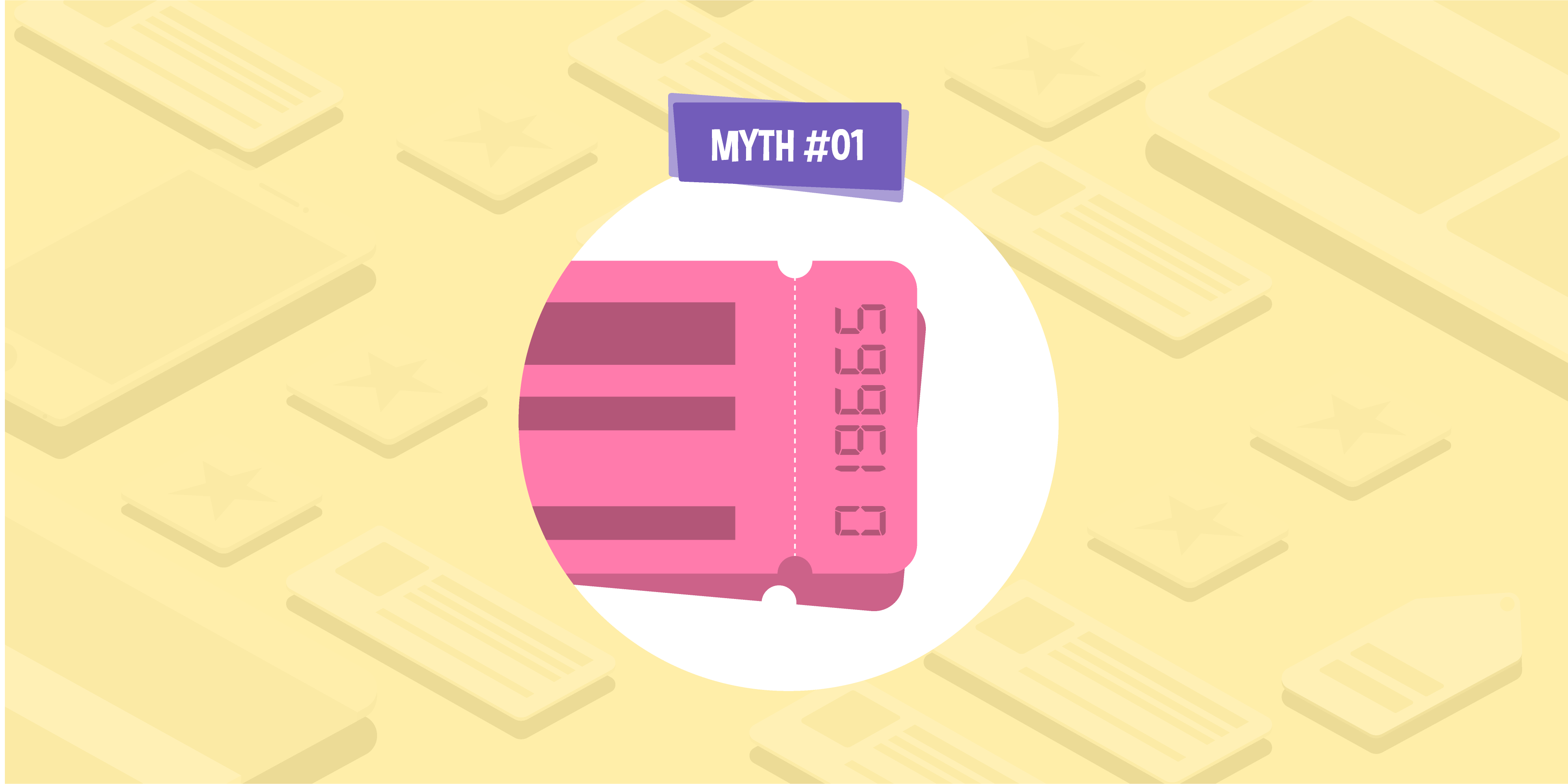
- 11 Aug 2022
How to use Digital PR to build deep links to ecommerce pages
If you know anything about SEO, you’ll already know that having a strong backlink profile can really contribute to the overall organic performance of your site. However, not all links are created equal, and for best results, your site’s backlink profile should contain a varied mix of different types of links, including both homepage and deep links.
Defined as a hyperlink leading to any URL on a website other than the homepage, examples of deep links include product category pages, service landing pages, or even content marketing or blog posts. Deep links can pass authority from the linking site directly into the deeper page, making that page more authoritative and boosting its ability to compete in the search results. This helps ensure that linking authority is spread across all pages of a website, rather than just being concentrated on the homepage. Plus, as most deep links are often to commercial pages, building links to these URLs can also help to drive sales to key products and services.
However, deep links can be notoriously difficult to achieve organically. Linking to commercial pages can often be seen as advertising, and editors and site owners are often understandably reluctant to provide this sort of coverage without money changing hands — something that is strictly against Google’s guidelines for ethical link building, and which we’d always advise against.
That said, with a little creativity, it is possible to build deep links in an ethical way that meets Google’s guidelines and delivers real SEO value. Here, I’ll share some tactics that have proven successful for the Outreach team here at Glass Digital when building those deeper links as part of a digital PR strategy.
Gift guides
If you work in PR, you’ll already know that seasonal gifting occasions — such as Mother’s Day, Father’s Day, Christmas, Easter, and Eid — can provide fantastic opportunities for exposure via gift guides and roundups. And, because editors are looking for products to feature, they can be used to net some deep links to your product pages, too. All you need to do is pitch the right product to the right publication, at the right time.
Media databases such as Response Source are a great tool for finding gift guide opportunities, but you don’t always have to rely on paid tools. These days, lots of journalists use the hashtag #journorequest on Twitter to look for expert comments, data, and product suggestions, so you can find deep link opportunities without spending a penny.
Before pitching, make sure you do your research on the publication and stick to the brief, suggesting products that are a good fit for their audience. In your pitch, highlight the key features that make your product unique or stand out from the other brands pitching for the same gift guide. When pitching, it is important to include all the necessary information a journalist will need, including a product description, RRP, hyperlink, and high-quality imagery.
Remember, incentivising a journalist or website owner with a cash payment or free product goes against Google’s guidelines, so this is best avoided. The majority of reputable sites won’t ask for payment in exchange for featuring a product in a gift guide as they prefer to maintain their journalistic integrity and objectivity, so focus on seeking opportunities with these high-quality sites.
Top tip: Personalised products are particularly coveted as gifts, so be sure to pitch these wherever you can to increase your chances of being included.
New product press releases
If your brand is releasing a new product that you think has the potential to generate a lot of buzz, this could just provide the perfect opportunity to secure some deep links. Many sites and publications will feature press releases detailing exciting new products if they think they will engage their audience. Not only can this help you build deep links to commercial pages, but it can drum up some great publicity for your new products, potentially even driving new sales.
This technique can be especially successful if you can link your product to a current trend or event. Ask yourself: why is this product relevant right now? Does it tie into any wider events or conversations? What makes it standout from other products on the market?
One you’ve defined what makes your product special, all you need to do is write your pitch. Be sure to include some high-quality imagery, so editors can feature this in their coverage.
Tying a product back to a seasonal event or celebration can also work well. We used this tactic to great effect for one of our clients, an organic cosmetic and wellbeing brand, last Valentine’s Day. We outreached a press release covering one of their most popular products: a libido- and wellness-boosting botanical “love potion” that could enhance the reader’s Valentine’s Day. This provided editors with a catchy, seasonally relevant story, and helped secure deep links and great product PR for our client.
Top tip: Product press releases are more likely to be featured if they offer a genuine solution to a real-life problem that a lot of people are facing. For example, any product that is going to help consumers conserve energy or save money during the cost-of-living crisis is likely to pique the interest of editors and journalists over the coming months. It’s all about finding ways to put your products at the heart of the latest trending topics.
Product reviews
When done ethically and honestly, product reviews are a great way to build ecommerce links. When featuring a product in a review, journalists, editors, and bloggers will often include the product name as the anchor text, maximising the SEO value of the hyperlink. Objective, unpaid and honest reviews on trusted, reputable sites can also boost brand awareness, reach new customers, and even help you get constructive feedback that you can then use to improve your products.
Although this can be an effective tactic for building deep links, it is important to be ethical and selective when choosing who to work with on a review. Remember, while it’s fine to suggest or pitch a product to an editor for a review, money should never change hands. Not only is this a big no-no in terms of Google’s guidelines, but you’ll also be running the risk of falling foul of ASA regulations about disclosing paid advertising.
While most professional journalists and bloggers will write fair, sincere reviews of the product, there is always the risk that the review may be less than favourable, so make sure you suggest an item you have confidence in!
Top tip: I usually consider the following criteria when considering a product review, to ensure it is going to offer maximum SEO value:
- Website/publication quality: I look at the domain authority score, existing content and the organic traffic of the website but also check the relevance of the site to my client’s brand
- Who will see this review/gift guide? Will my client’s target market be visiting this site? Or are we looking to attract a new consumer? What products would suit and be relevant to the site’s audience?
- Previous content: What are previous reviews or opportunities like? Is the content well-written and professional? Do they give fair, balanced reviews?
Product-led creative campaigns
Creative, product-led digital PR campaigns can help you to build deep ecommerce links, especially if you think outside the box and come up with a really original angle that journalists and editors love. While this does take more time and resources, it can also help you to secure multiple deep links with one asset, meaning it can be very cost-effective. This tactic can also be especially handy if your products or services don’t lend themselves well to reviews, competitions, or gift guides.
When designing a product-led campaign, the best place to start is with your products. What makes them special? Are they relevant to any current newsworthy events? If can you find a hook that will be interesting to a specific audience, leverage this and craft a press release around it. This tactic works best if there is a strong hook that compels a journalist to cover your story and product — like a new film release, a seasonal event, or an awareness day, to name just a few examples. In some circumstances, you could even create a new type of product, package, or bundle to tie in with your release.
A real-life example of this is when we created a product bundle for one of our clients, a wine and spirits retailer, to tie in with the release of the new James Bond film, No Time to Die. Dubbed the ‘Secret Agent Drinks Bundle’, we researched and put together a bundle offering everything you need to drink like 007. We created imagery to promote the product launch, crafted a press release and sent this out to relevant press. This resulted in high quality deep product links on top publications such as Yahoo News (DA 94), ShortList (DA 80), Wales Online (DA 89), as well as a very happy client!
Top tip: When creating a product-led PR campaign, save the journalist some time by providing everything they need to create a great article, including quality content, plenty of info, and quality imagery. The easier it is for them to put the piece together, the more likely they are to feature your campaign. Don’t forget to make it really clear which deep link you’d like them to include, too.
If you need help creating a more diverse backlink profile, our innovative, efficient, and ethical link-building service could benefit your brand. Book in for a free, no-obligation grow with SEO consultation to learn what we can do for you.
Rebecca Herworth
Head of Outreach

